The success of UX designers depends not just on the design quality and appeal but the whole user experience that their design delivers. However, they often overlook their design’s impact and focus instead on individual features and processes. Journey mapping helps deep dive into the user’s thoughts, experiences, expectations, opportunities, decisions, negotiations, outcomes, etc., using a timeline of events based on a shared vision. At Radiant Digital, we implement multiple journey mapping exercises to converge visuals, narratives, and KPIs and make UX valuable. This blog explores how journey maps can give holistic insights into the user and design experience.
Defining a User Journey Map
A user journey map is a visualization of a user’s interactions and relationships with a product/brand across different channels over a defined period. It covers user actions, interaction channels, and tasks based on a user’s persona, roles, responsibilities, and goals. Here’s a sample template.
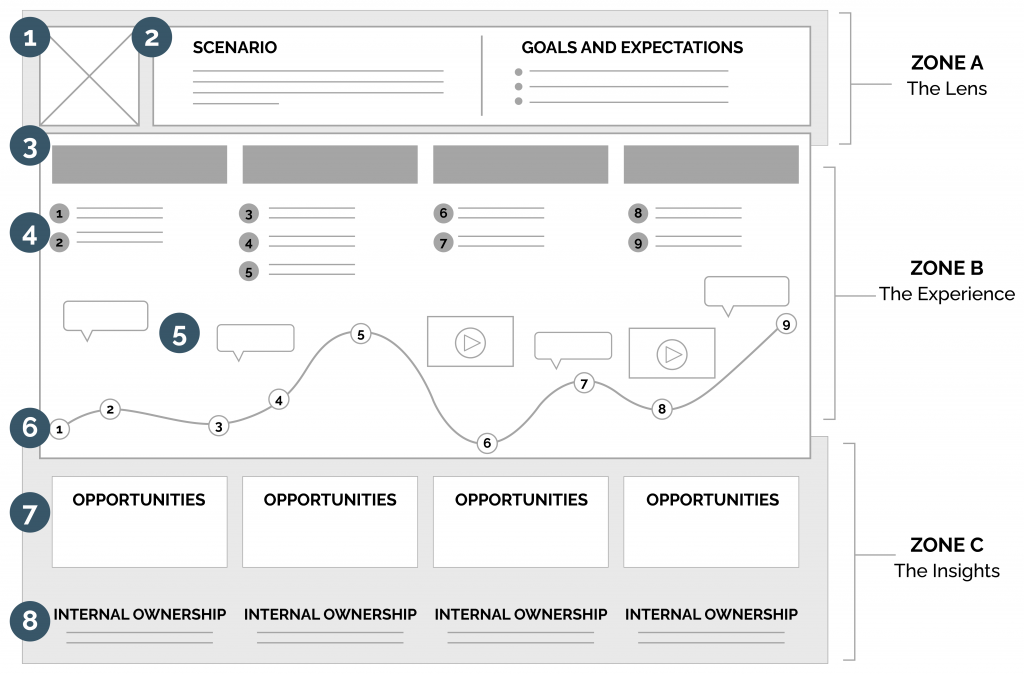 A simple User Journey map is given below.
A simple User Journey map is given below.
Types of User Journey Maps
Different user journey maps help reach various goals and depend on how the user interacts with a product. Here’s a brief rundown of the user journey maps available today.
- Experience maps offer a skeletal view of the user journey and help track scenario-based user behaviors, wants, and needs at different process phases. They help visualize the user actions to achieve the desired goal without focusing on a specific company, service, or product.
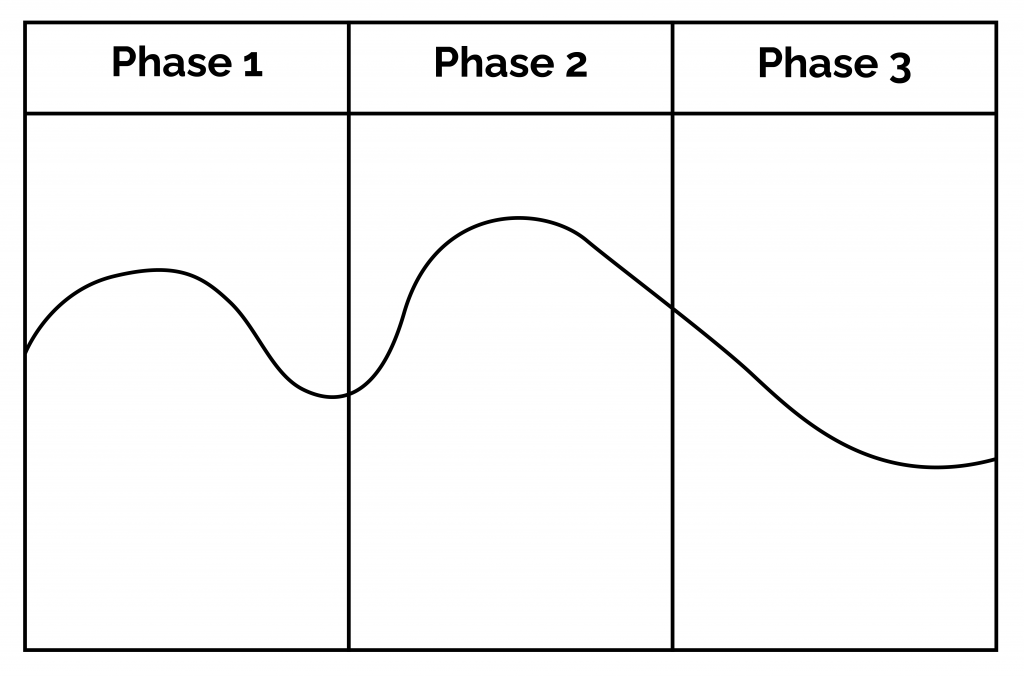 Empathy maps are divided into four sections where you can track what a user thinks, says, does, and feels based on what they want when using a product (without following a sequence). They are usually created during real-time user interviews about the user’s experience.
Empathy maps are divided into four sections where you can track what a user thinks, says, does, and feels based on what they want when using a product (without following a sequence). They are usually created during real-time user interviews about the user’s experience.
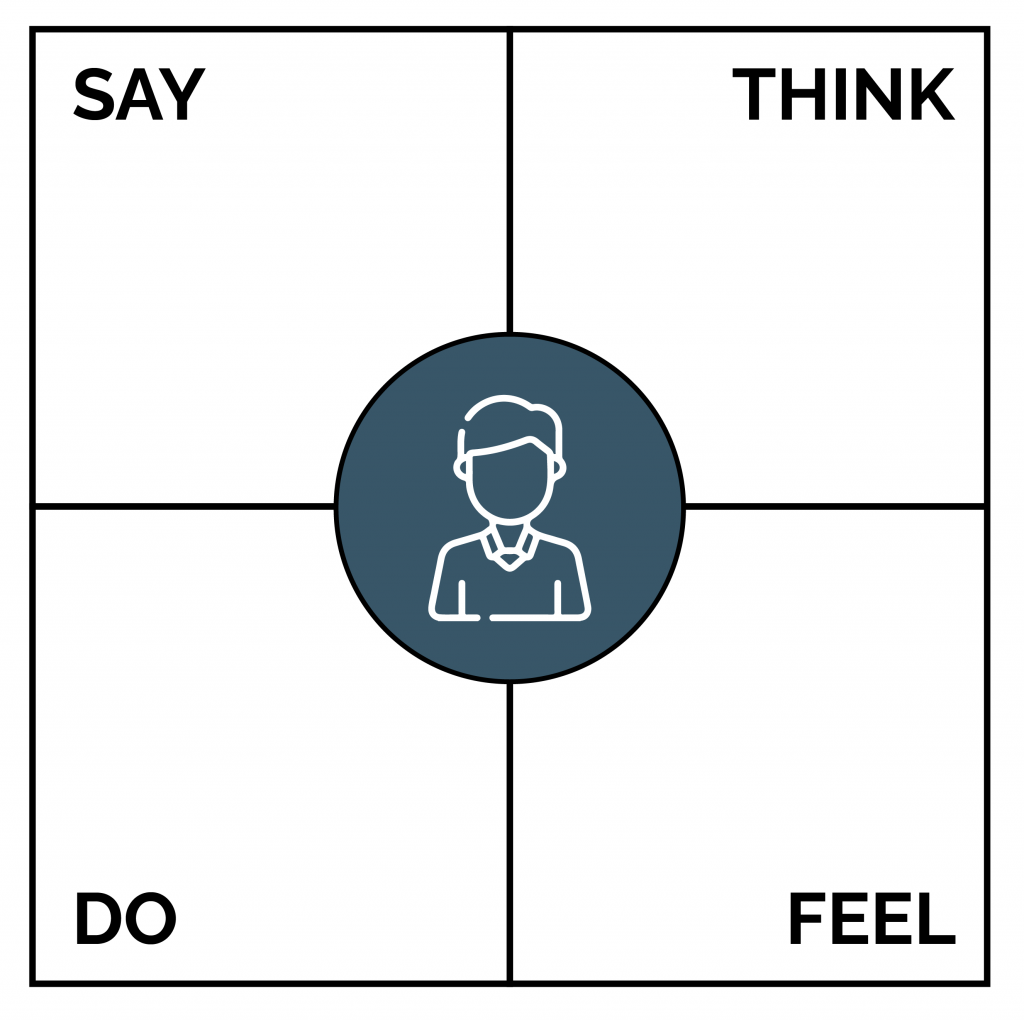 Current State maps illustrate the factors and levels of user engagement at every product touchpoint in its current state.
Current State maps illustrate the factors and levels of user engagement at every product touchpoint in its current state.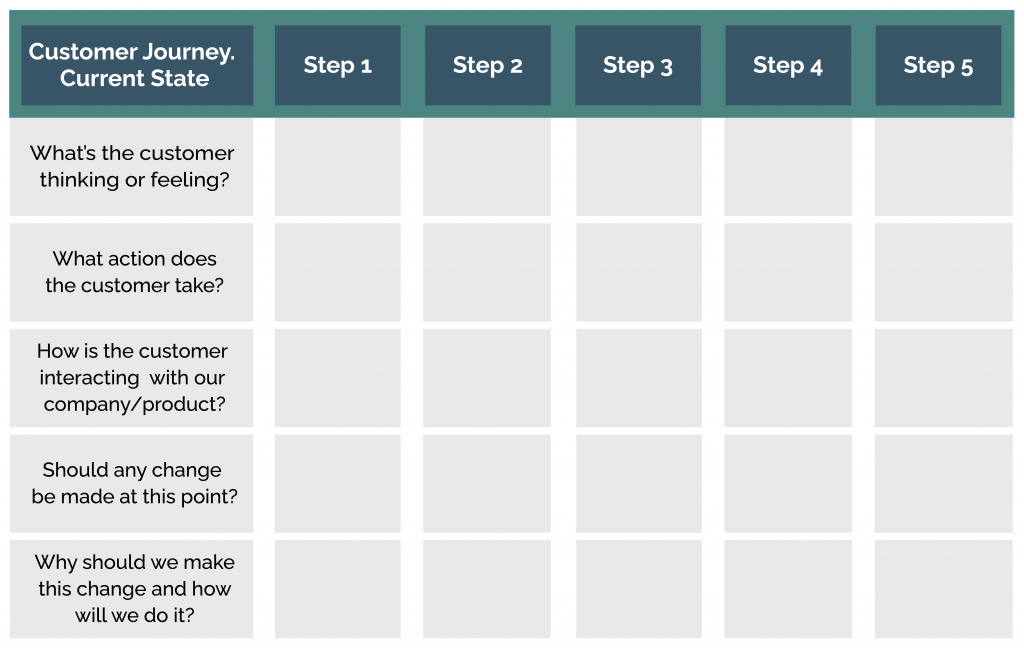 Future state maps replace vision boards and help envision how your customers would use your product (based on your predictions and expectations and define future events based on the best-case scenarios for a design.
Future state maps replace vision boards and help envision how your customers would use your product (based on your predictions and expectations and define future events based on the best-case scenarios for a design.
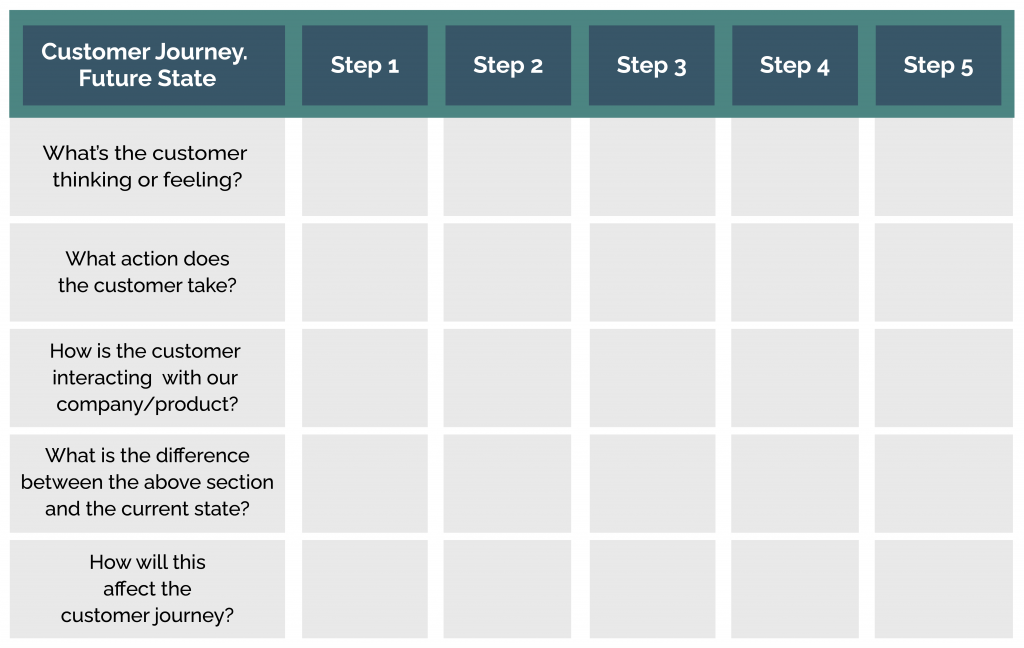
- Service blueprints reveal hiccups in the business processes of a user journey map. Customer behavior is the primary consideration in performing the customer-centric mapping. They focus on four areas, namely:
- User actions: What end-users do when engaging with a design.
- Frontstage actions: Actions on the front-end UI are visible to the customer.
- Backstage actions: Events and actions that occur on the backend, hidden from the user’s view.
- Processes: All of the enterprise events and inner processes that affect the UX design.
How to create a user journey map for your onboarding UX?
A user journey map includes the process steps from the moment a potential user learns about your UX design, all the way to where they start and stop using it. The generic sequence is given below.
- Defining Scope and Focus of the Map: The first step is to define the user journey map’s scope and business scenario. Representing the entire process in a single map is complex yet beneficial. The focus of the map should at least include the following:
- The current business actions, activities, workflows, and tasks.
- The roles involved in the UX design process.
- Customer touchpoints and interactions (tools, devices, information involved).
- Pain points (inefficiencies, redundancies, challenges, and gaps).
- Additional Map Elements: A journey map needs to tell the whole story of a user’s experience along with additional elements like:
- Context (environment, situation, dependencies).
- Processes performed outside the system.
- Process contingencies.
- Current performance metrics and KPIs.
- Relevant legal regulations and protocols.
Deep research helps clarify what additional information you may need to depict on the map based on the story you need to demonstrate.
- Create User Personas: User personas are generalized profiles outlining the common user archetypes to understand who you’re designing for based on their actions and goals. Once you have your user personas charted out, gather and analyze all available information on them in one of the following ways:
- First, interviewing your actual or potential users.
- Conducting contextual inquiry.
- Analyzing user surveys responses.
- Take user intention into account: It’s essential to understand your users’ motivations and challenges while interacting with your design. Thus, for each user journey, it’s crucial to identify them,
- Motivation: Why do users use your design, and what are their expectations?
- Channels: Where do interactions take place?
- Actions: What actual steps do users take and under what circumstances?
- Pain points: What are the challenges users tend to face at different touchpoints?
- Mental models: What is your user’s conception of the problem that your design addresses? What connections come naturally to them, and what training do they need? What emotions do they feel when using your design?
Empathy maps are helpful in mirroring the mental state of users for your designs. For example, using an emotional experience graph like the one shown below is very helpful.
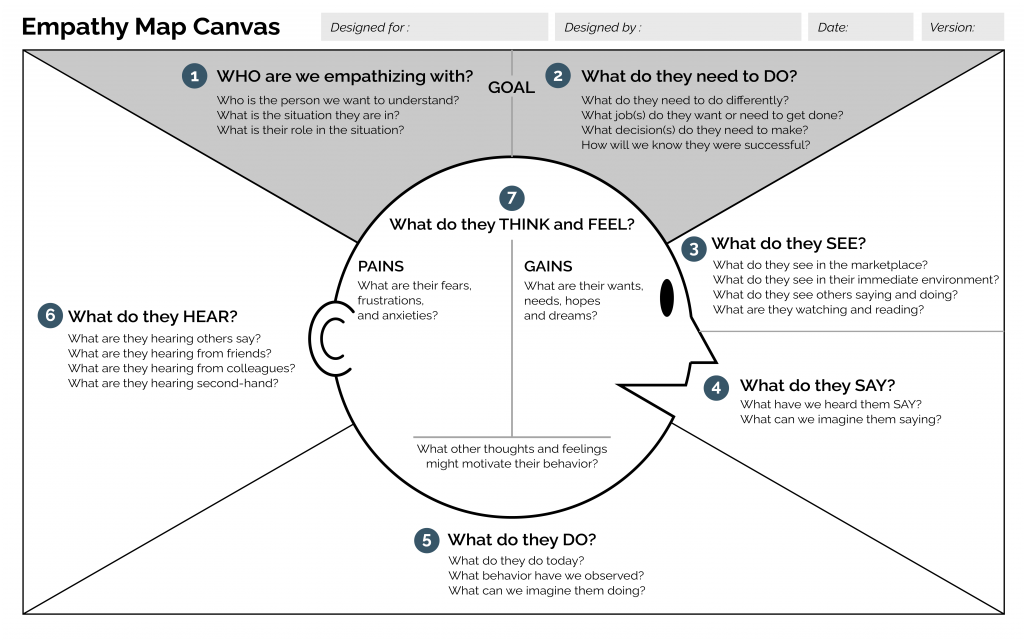 Map out their journey: Before constructing a map for each persona, start with a generic user journey template. Then, through user research and relevant data collection, you can complete this template with:
Map out their journey: Before constructing a map for each persona, start with a generic user journey template. Then, through user research and relevant data collection, you can complete this template with:
- User touchpoints.
- Benchmark tasks, actions, and results within the design.
- Scheduled notifications.
- Interaction channels.
- Customer feedback and behavioral analytics.
- Review, validate, and refine user journey: Review your user journey map for any missing connections, challenges, and areas of improvement. Finally, present it to your stakeholders for review and feedback.
Concluding Thoughts
Creating a user journey map aims to develop a shared vision among designers, stakeholders, and end-to-end can fuel business engagement and growth. Connect with Radiant Digital to leverage user journey maps and transform your product-led user experiences.


